With a new name and a new strategic plan, the Department of Cognitive and Psychological Sciences, or CoPsy, is rebuilding with intention. A key Carney partner, the department is recasting itself to meet the future of mind, brain and behavior research with a slew of faculty hires, a fresh science focus, and a goal to deepen and multiply its collaborations on and off campus.
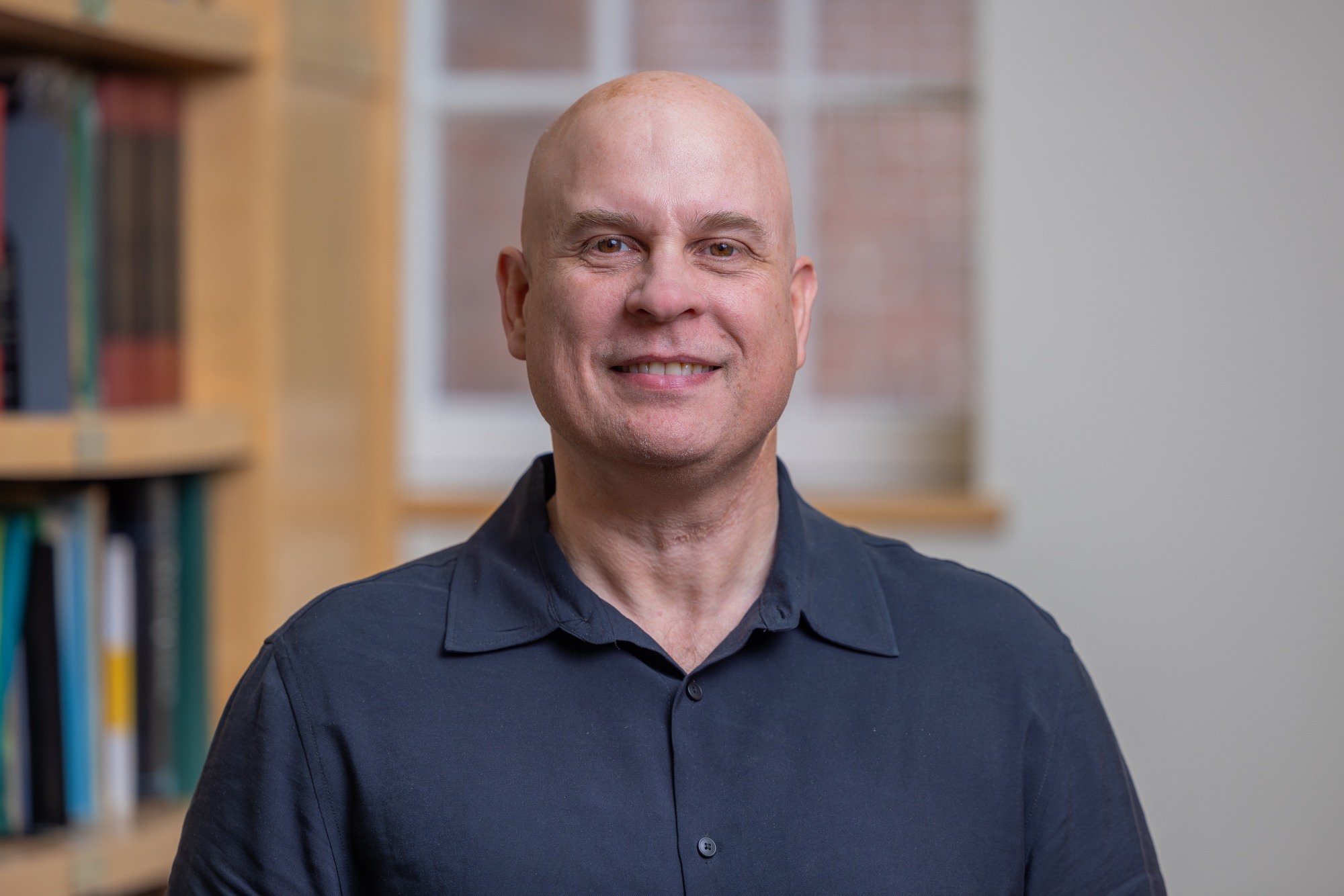
“We’re doing what we’ve always done,” said Department Chair David Badre. “We’re evolving.”
Last year, the department hired four faculty members: cognitive psychologist Serra Favila, social psychologist David Levari, developmental psychologist Julia Marshall, and social psychologist Jason Okonofua. The department is now hiring two more tenure-track professors. Frederike Petzschner, co-director of the BRAINSTORM Program in Carney’s Center for Computational Brain Science, is one hire, and recently accepted an assistant professorship in CoPsy. Badre has an offer out to another early career scientist and hopes to announce that appointment later this spring.
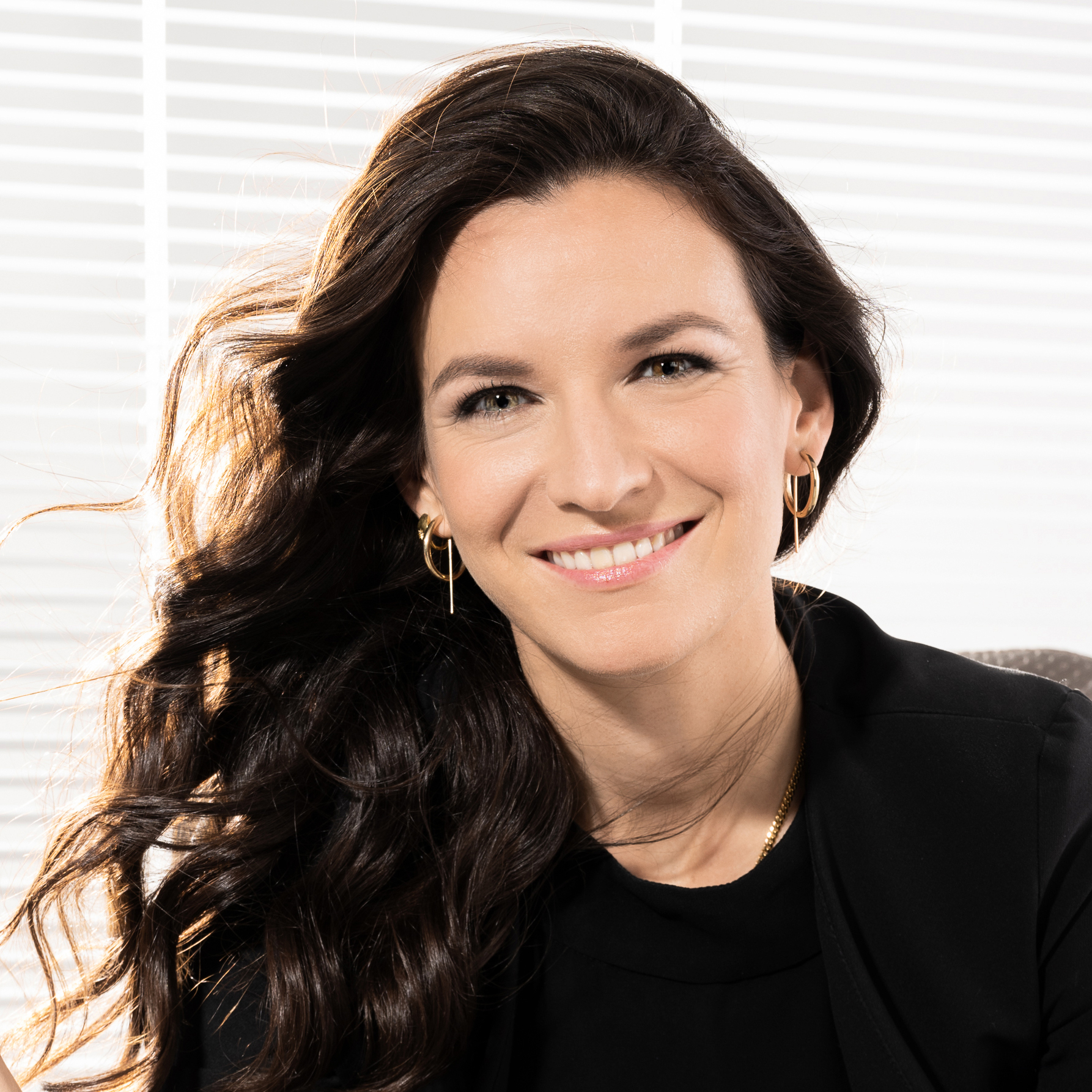
“There’s a lot of energy and excitement right now,” Badre said. “People are unified around a vision for our research and teaching. We also share the belief that transformation in our fields is going to happen at the boundaries of disciplines.”
The seed of the department sprouted from the field of psychology. That seed was planted in 1892, when Edmund Delabarre created an experimental psychology lab at Brown. Over time, faculty built an international reputation for excellence in experimental psychology. Herbert Jasper, a pioneering psychologist, physiologist, anatomist, chemist and neurologist, made history at Brown in 1932, when he made the first electroencephalograph (EEG) recordings of an intact human brain. It’s a feat that would lead to a lifetime of epilepsy research and the creation of the International Brain Research Organization.
The department’s interdisciplinary focus on understanding the mind began in 1977 with a grant from the Alfred P. Sloan Foundation. At the time, according to foundation records, Sloan was awarding grants to a select group of universities to nurture the emerging field of cognitive science, which drew from psychology, computer science, linguistics, neuroscience, philosophy and anthropology to better understand how humans think, perceive and behave. Along with MIT, Yale, Carnegie Mellon, the University of Pennsylvania, the University of California San Diego and a handful of other schools, Brown received seed funding to build cognitive science training or research programs.
Sheila Blumstein, professor emerita of cognitive and psychological sciences, was chair of the Department of Linguistics at the time and remembers Brown’s early days of cognitive science.
“At the time, Howard Swearer was president and always said that Brown was a yeasty place,” Blumstein said. “Faculty with different perspectives were always coming together in interesting ways to develop and create new ways of thinking. Not everyone was crazy about interdisciplinary science at the time, but I think a lot of people believed that real change comes at the edges of disciplines.”
Professor of Psychology Dick Millward used the Sloan grant to bring people together from psychology, neuroscience, computer science, linguistics and philosophy. Millward’s Center for Cognitive Science became the Department of Cognitive and Linguistic Sciences in 1986. In 2010, a complete merger with psychology created the Department of Cognitive, Linguistic and Psychological Sciences. In 2023, the department took on its new name when the linguistics faculty spun out into the Brown Program in Linguistics.
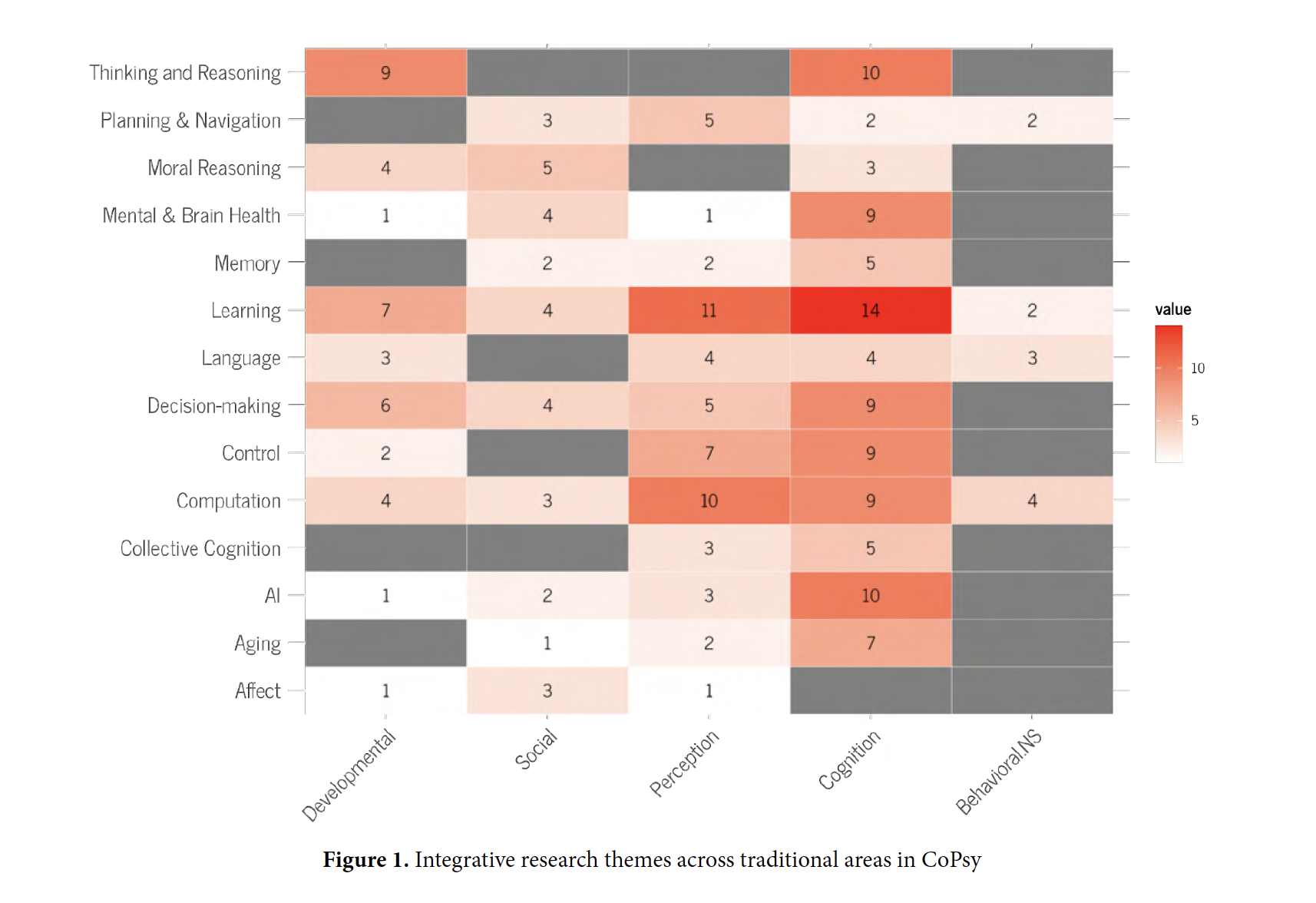
With the change in name and structure, Badre saw an opportunity. He held a retreat to get faculty together to talk about shared interests, land on new research themes and brainstorm ways to build on the department’s track record of scientific and scholarly collaboration. Out of the retreat came a strategic plan approved by CoPsy faculty last year that includes three areas of research growth:
- Artificial Intelligence and the Mind explores the relationship between AI and human cognition. Researchers working in this area make formal comparisons between artificial and natural intelligence systems, develop AI-based tools for studying the mind and brain, and study a range of topics including human-AI interaction and algorithmic bias.
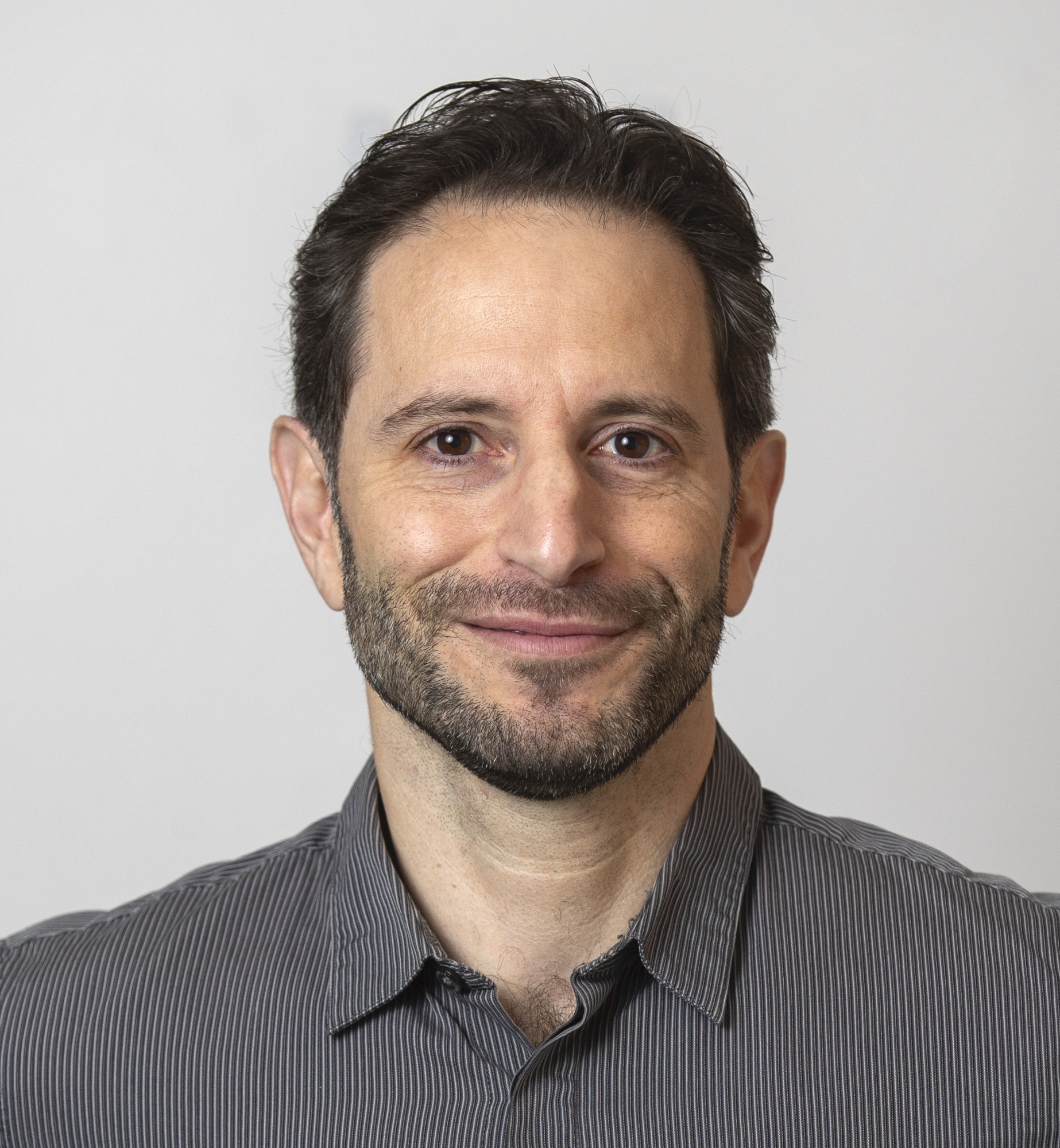
CoPsy’s Michael Frank, the Edgar L. Marston Professor and director of Carney’s Center for Computational Brain Science, works in this area along with Thomas Serre and Roman Feiman. Frank said this line of research can result in more effective, more efficient AI systems. He points to work by Brown computer scientist and collaborator Ellie Pavlick showing that when AI systems are introduced to models of the mind and brain, those systems learn better and faster.
“It’s fascinating how in just the last few years AI has accelerated its ability to learn,” Frank said. “This growth has gone far beyond what most people in the field would have predicted. But how these systems learn is, in many ways, still a mystery.”
Collective Cognition and Behavior investigates how local interactions between groups of people produce global patterns of behavior. Researchers working in this area discover the principles that drive collection cognition in order to illuminate a wide range of basic and applied problems such as human-robot coordination, the dynamics of social networks, effective collaboration, and distributed knowledge and the spread of misinformation.
CoPsy’s William Warren, the Chancellor’s Professor of Cognitive and Psychological Sciences, works in this area along with Steven Sloman and Oriel FeldmanHall. Warren said this area is broadly defined and can include understanding everything from the formation of flocks of birds to the formation of networks on social media to the formation of office work teams.
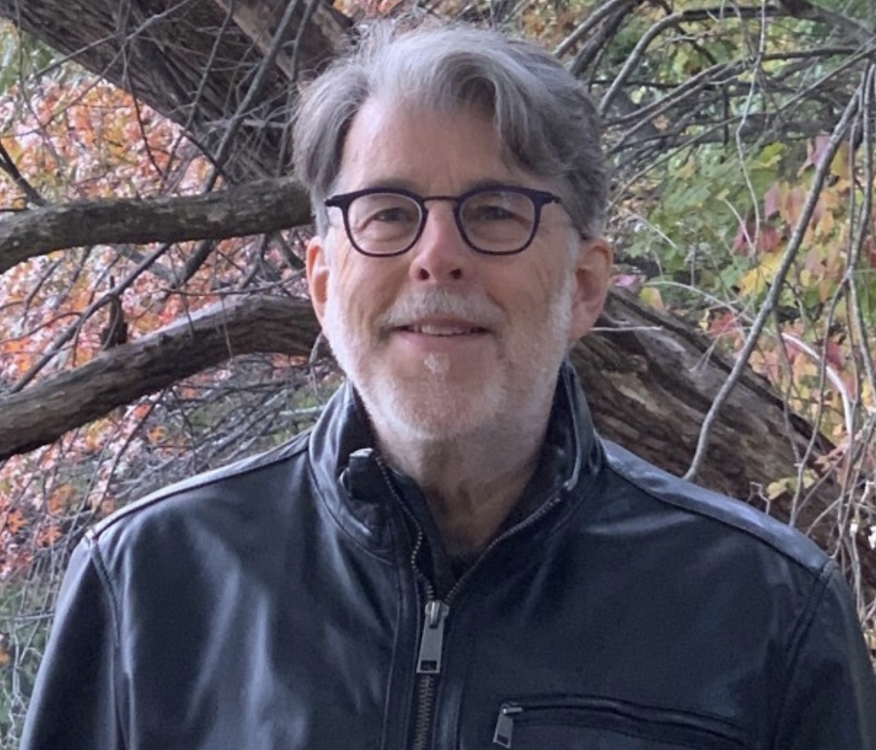
William Warren, the Chancellor’s Professor of Cognitive and Psychological Sciences “Psychology is normally focused on what happens inside one person’s head,” Warren said. “But we’re all embedded in environments and social systems and operate in groups. Understanding this behavior – when we see consensus or division or how people evacuate in an emergency – has real, practical applications.”
- Mental and Brain Health is a growing area of study at the interface of psychology, cognition, and health. Researchers apply basic scientific theory to the understanding and treatment of mental health diseases and disorders, as well as create digital health tools and study the social determinants of health. They use neuroimaging, bioinformatics,and cognitive and computational psychiatry methods in their work.
CoPsy Professor William Heindel works in this field, along with Frank and Takeo Watanabe and two new CoPsy faculty members, Favila and Petzschner.
“It’s a big bucket,” Heindel says. “It certainly encompasses the brain and mental health conditions like depression and schizophrenia, but it also includes Alzheimer’s disease. The true strength of the department is that we’re model and theory driven, and bring those tools to behavior, perception, motivation. To understand diseases, you need to understand the systems that drive them.”
Collaboration is a theme woven throughout CoPsy’s strategic plan – and its hiring. Petzschner and Favila will work closely with Carney faculty. Levari is affiliated with the Nelson Center for Entrepreneurship and Okonofua is affiliated with the Annenberg Institute.
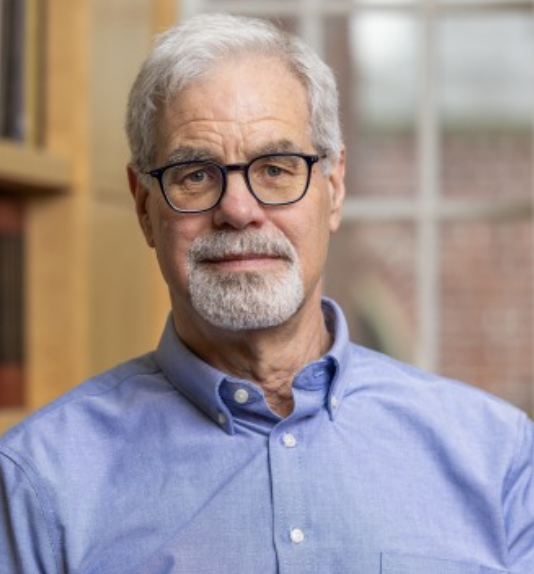
New faculty members report a strong start in CoPsy, and are impressed with the creative, collegial culture.
“Walk into any academic department around the world, and you will find researchers doing great work who are inquisitive, willing to think outside the box, or work well with others. But I think part of what makes CoPsy and Brown so special is that we explicitly value all three of those qualities, which makes for a very collaborative and lively environment,” Levari said.
“Institutional support for collaboration is vital, because it is not a given. Too often, incentives in academia can push researchers to play it safe and stay in their own sandboxes. It takes constant, intentional effort at every level to maintain a scholarly community where working together is not just valued but feels normal. Historically, Brown has taken that effort seriously.”